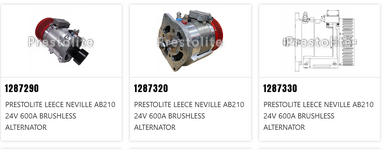You probably know this Tug, and my experience is based on the internal voltage drop of small (up to about 50 KVA) diesel generators.
The principle and reality of internal voltage drop is the same but the 2:1 ratio may be off.
Many diesel generators will produce close to rated voltage, open circuit, when excited with 12 Volts. (testing with a lead acid automotive battery)
They will typically need around 24 Volts excitation at full load due to internal voltage drop.
At that 2:1 ratio, if a generator starts outputting rated voltage at 650 RPM, it may take 1300 RPM to put out full rated current at rated voltage.
If you want to double the voltage from a variable speed generator expect double speeds; that is 1300 RPM for full voltage, open circuit and 2600 RPM for full voltage at rated Amps.
That is based a a voltage divider in the AVR circuit so that the excitation is still rated excitation, not double excitation voltage.
If you use a more complex AVR, to get double voltage on the excitation, you may be limited by field winding heating.
Years ago there was a hack available to get 100 Volts from an automotive alternator for use with power tools with universal motors.
The engine had to be run a quite high RPMS but the 12 Volt alternators would put out 100 Volts.

